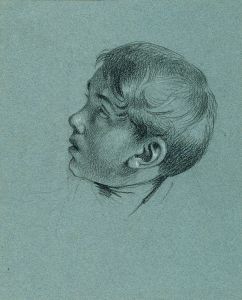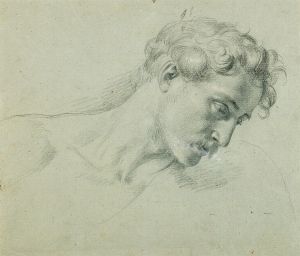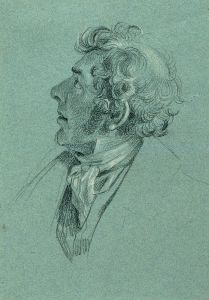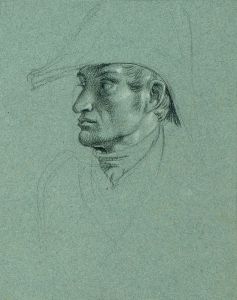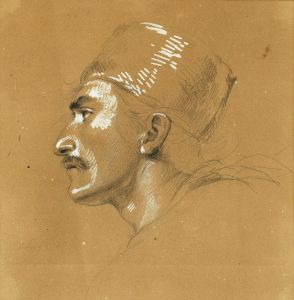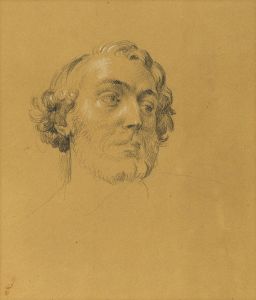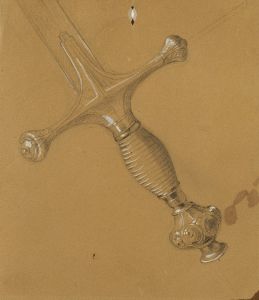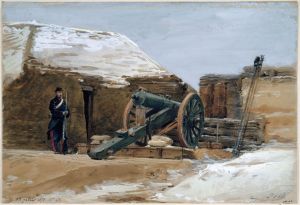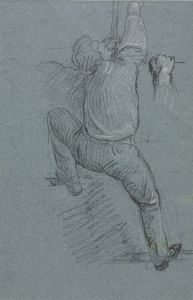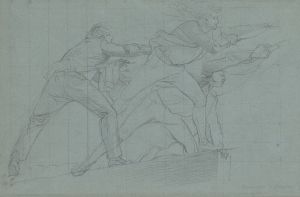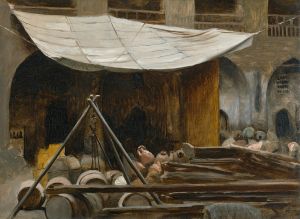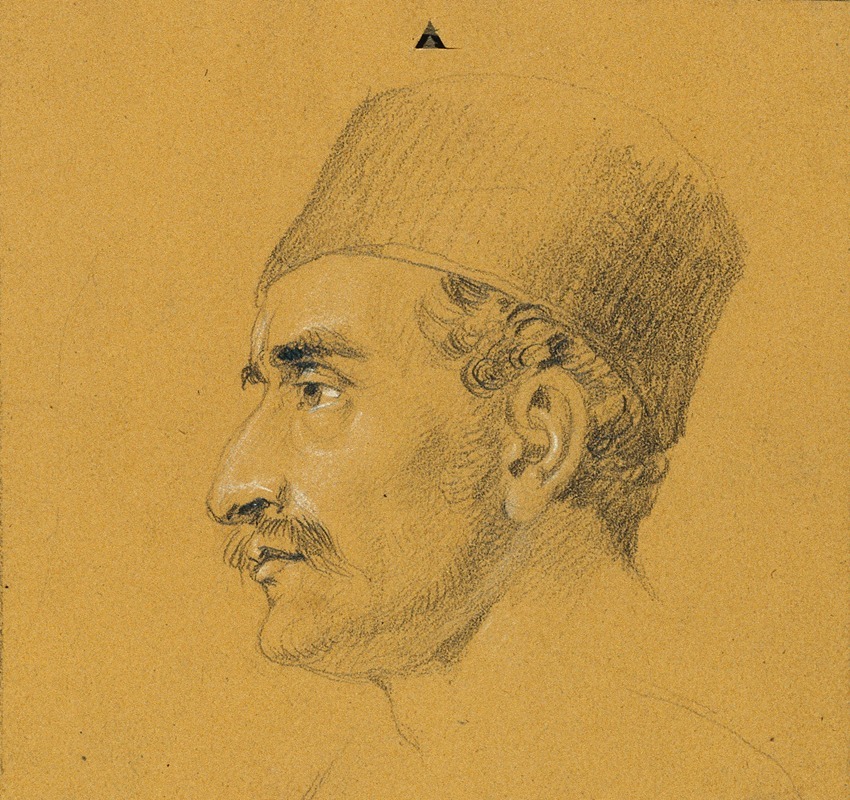
Porträtstudie zum ‘Ausfall Nikolaus Zrinys vor der Festung Szigeth’
A hand-painted replica of Johann Peter Krafft’s masterpiece Porträtstudie zum ‘Ausfall Nikolaus Zrinys vor der Festung Szigeth’, meticulously crafted by professional artists to capture the true essence of the original. Each piece is created with museum-quality canvas and rare mineral pigments, carefully painted by experienced artists with delicate brushstrokes and rich, layered colors to perfectly recreate the texture of the original artwork. Unlike machine-printed reproductions, this hand-painted version brings the painting to life, infused with the artist’s emotions and skill in every stroke. Whether for personal collection or home decoration, it instantly elevates the artistic atmosphere of any space.
Johann Peter Krafft's Porträtstudie zum ‘Ausfall Nikolaus Zrinys vor der Festung Szigeth’ is a preparatory portrait study created by the Austrian painter as part of his work on the larger historical painting Ausfall des Nikolaus Graf Zrinyi aus der belagerten Festung Szigetvár (The Sortie of Count Nikolaus Zrinyi from the Besieged Fortress of Szigetvár). Krafft, a prominent artist of the 19th century, was known for his historical and genre paintings, and this study reflects his meticulous approach to capturing the details and personalities involved in significant historical events.
The study focuses on the portrayal of Nikolaus Zrinyi (Miklós Zrínyi), a 16th-century Croatian-Hungarian nobleman and military leader. Zrinyi is celebrated for his heroic defense of the fortress of Szigetvár during the Siege of 1566, a pivotal event in the wars between the Habsburg Monarchy and the Ottoman Empire. The siege culminated in Zrinyi's legendary sortie, during which he and his remaining forces launched a final, desperate attack against the vastly superior Ottoman army led by Sultan Suleiman the Magnificent. Although the defenders were ultimately defeated, their resistance delayed the Ottoman advance and became a symbol of bravery and sacrifice in Central European history.
Krafft's study was likely intended to refine the depiction of Zrinyi's character and expression for the final composition. The artist's attention to detail and historical accuracy is evident in his preparatory works, which often included studies of individual figures, costumes, and settings. These studies allowed Krafft to convey the emotional intensity and dramatic tension of the historical moment in his finished paintings.
The larger painting, completed in 1825, is considered one of Krafft's masterpieces and is housed in the Hungarian National Museum in Budapest. It exemplifies the Romantic fascination with heroic historical subjects and the emphasis on individual heroism and national identity that characterized much of 19th-century European art. The Porträtstudie serves as an important example of Krafft's working process and his dedication to bringing historical figures to life through art.
While the exact location of the Porträtstudie is not widely documented, it remains a valuable piece for understanding Krafft's artistic methods and his contribution to historical painting.








